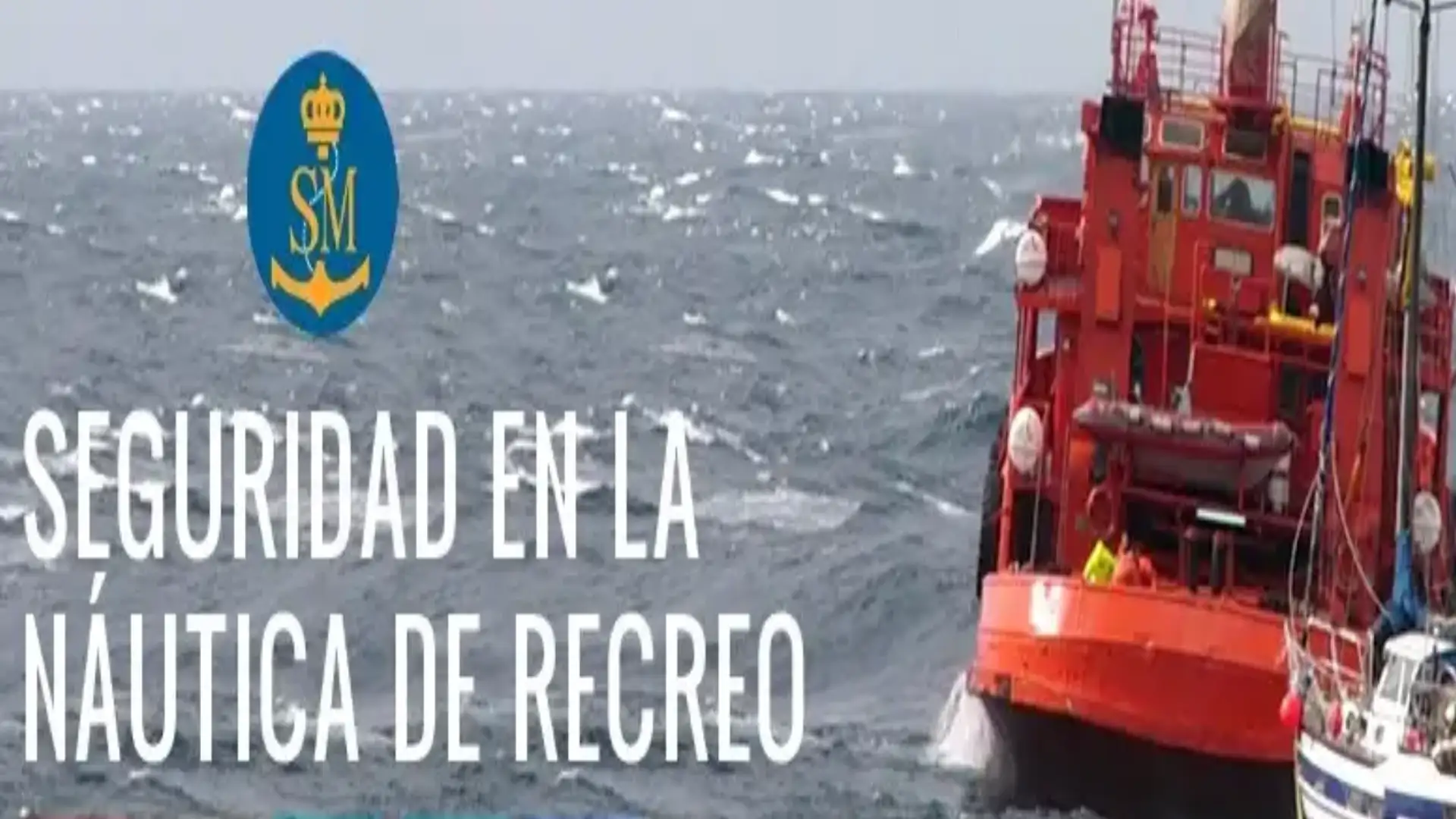
SM Security Tips (3): Radio equipment
SM Security Tips (3): Radio equipment
The Regulation regulating radio communications on board Spanish civil ships identify the equipment to be carried by recreational vessels, according to the areas of navigation in which they are authorised to sail. The equipment consists of fixed radio stations (in VHF and OM, with Digital Selective Call - LSD), Inmarsat, portable VHF stations, NAVTEX terminals, radio (RLS - EPIRB), radar responders (RESAR - SART), and satellite positioning system (GPS). The greater the distance from the coast to which you can navigate, the more complete the equipment must be. Although a boat does not require certain equipment, it is always recommended to go beyond the regulations.
Remember that:
- For your radio team you must apply to the General Directorate of the Merchant Navy the number MMSI (*) and the corresponding Ship Station License.
- The effectiveness and speed of response of the means of rescue depend, to a large extent, on the correct transmission of a call for relief.
- (*) Maritime Field Service Identification Number. (RLS- EPIRB)
- It is necessary to know how to use the equipment and to know the procedures.
The SMSSM emits automatic relief calls that reach the Rescue and Radiocoastal Station Focal Points directly thanks to the use of digital radio technology and satellite links. Check and comply with the time limits for the implementation of the SMSSM in the recreational fleet, according to the approved navigation areas for your boat.
The main means used by the MSSM are:
(1) Discount location radio
The international satellite system COSPAS-SARSAT and GEOSAR (stationary) captures the emergency signals emitted by radiobalizas. These are automatically activated, when immersed in water, or manually. The radiobalizas that were broadcast in 121.5 Mhz were released in 2009 and all are already emitting at the frequency of 406 Mhz. The reason is that 406 Mhz's have more power and include a unique identification code that customizes the owner ship. The models provided with GPS (or connected to the GPS of the ship by infrared), transmit the exact position of the emergency. A constellation satellite captures the signal and sends it to ground stations, activating the response.
2) The Global Maritime Relief and Security System (SMSSM)
Salvamento Marítimo responds to all emergencies from a radio station. To make the radiobale effective it is important:
- Record the radiobaliza at the time of its acquisition, following the regulatory procedures for the emergency signal to include the identification of the vessel.
- The model must have flare light and a signal (acoustic and / or light) indicating its activation.
- Place the radiobale and its accommodation in a clear and protected place from the deck from where it can freely ascend to the surface in case of sinking (*). Never navigate with the radiobale stored inside a "closet."
- Treat her carefully and avoid the blows.
- scrupulously respect the timing of the reviews (battery and hydrostatic zafa).
- Check the state of the battery before zoning.
- Do not manipulate the radiobaliza without reason, to avoid accidental activation.
- Do not attempt to recharge or replace the battery by its means: it must be done by an authorized technical service
- If it is activated without reason, give urgent warning to Salvamento Marítimo to deactivate the search operation.
(*) It is recommended to remove the radiobalysis from radars, radio antennas or speakers, as it can be unintentionally activated.
3) VHF
VHF radio is the usual radio communication system in the recreational fleet. Compared to other frequencies (OC and OM), their range is relatively short and depends on the conditions of spread in the atmosphere. As the waves spread in a straight line, any obstacle can stop them. It is very important for the user to be clear that the VHF Channel 16 is reserved for security and relief calls. He must never be used to talk. In the MSSM, VHF uses the Digital Selective Call (LSD) on Channel 70. It is an automated system for the transmission of relief calls that ensures their reception by the maritime rescue services (if within the reach of the Digital VHF - 40 / 50 miles) and by other nearby ships and vessels. The great advantage of asking for relief with the LSD is that it is enough to press a button. All crew members should be able to use VHF and LSD digital selective call.
4) Radar Responder (RESAR-SART)
Once activated, automatically or manually, it reacts upon receiving (being questioned) a radar signal in 9 Ghz, responding to a sweep or blast signal to be located. RESAR is very useful from a survival raft to guide, quickly and exactly, rescue services to our position.
5) The mobile phone
- The coverage and scope are not reliable at all times and circumstances.
- It can be called to land, but not to communicate simultaneously with nearby ships that would provide us with rapid relief. Something the VHF does, as it makes a general call received by all stations at its disposal, on board ships or on land, that keep listening in the channels and frequency of relief.
- Even if you contact Salvamento Marítimo by phone, you must report your exact position as you cannot know from what point you are calling. On the contrary, upon receiving a radio relief call, the maritime rescue service can automatically obtain the geographical coordinates of the place where it is located.
© 2024 Nautica Digital Europe - www.nauticadigital.eu












